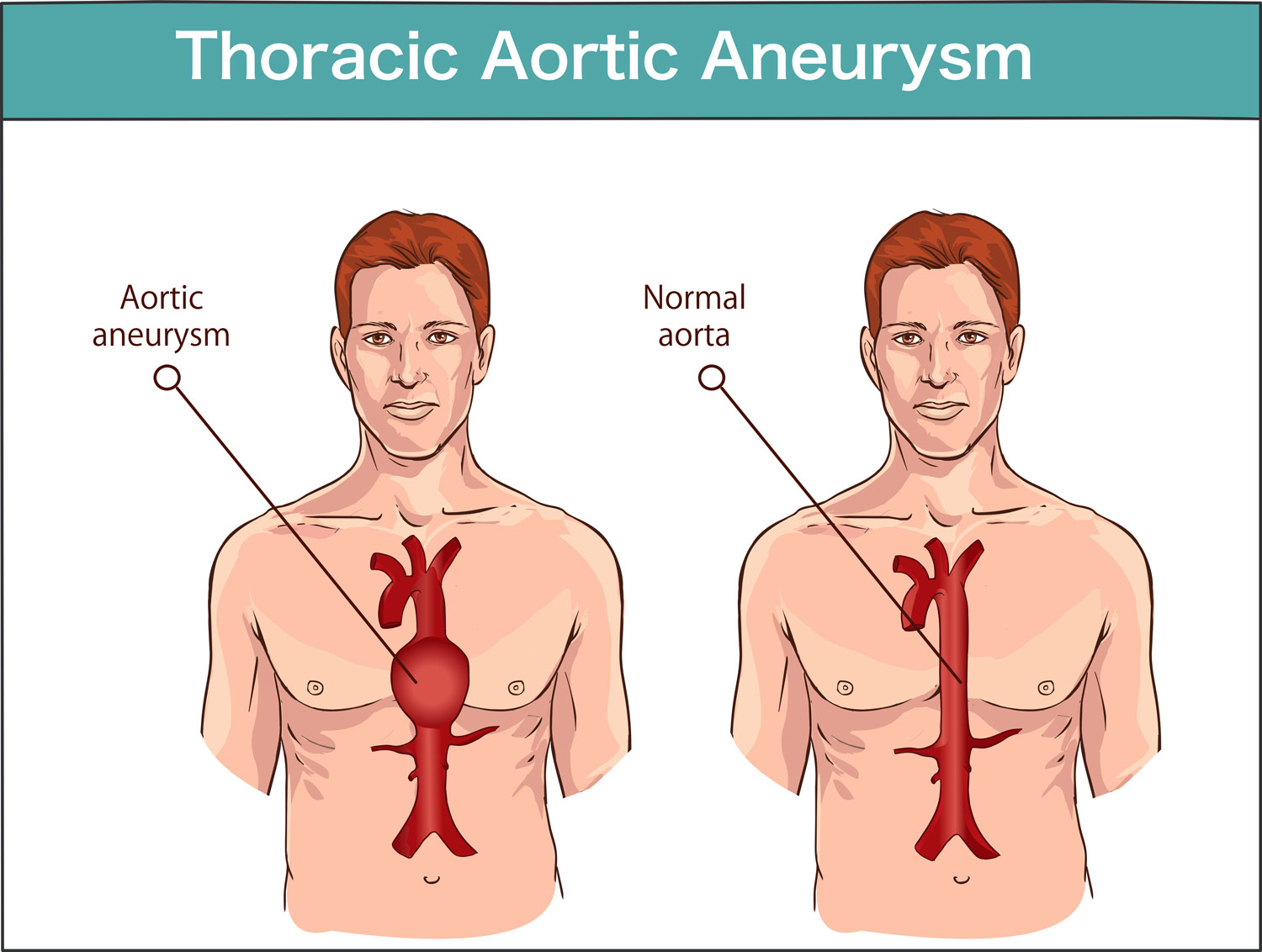ANEURYSM
1. Context:
American Football writer Grant Wahl, seemingly healthy, suddenly died last week with suspecting foul play. His autopsy found that Wahl had an "Ascending Thoracic Aortic Aneurysm."
2. Condition:
- An aneurysm is a localised weakening of the wall of a blood vessel, causing the vessel to bulge in that area.
- It increases in size over time & the wall of the blood vessel affected gets progressively weaker.
- The vessel may ultimately burst or separate, triggering a bleeding rush that can be lethal.
- An aortic aneurysm is a weakening & bulging in a portion of the aorta, the main artery that ships blood out from the heart, 'thoracic' refers to the chest region.

3. Causes :
- Degenerative disease breaking down the aortic wall tissue.
- Genetic disorders
- Family history
- Inflammation of arteries
- Plaque build-up on the artery walls.
- Marfan syndrome is a genetic disorder that increases the risk of aortic aneurysms.
| As per CDC(Centre for Disease Control & Prevention), the syndrome is present in around 1 in 5,000 individuals & limits the body's ability to make the proteins needed to build connective tissue. |
4. Symptoms:
Symptoms of thoracic aortic aneurysm may depend on the location, size & speed of growth of the bulging, often there won't is any symptoms at all.
- Pain in the jaw, neck, chest, and upper back
- Wheezing, coughing, and shortness of breath due to pressure on the trachea.
- Hoarseness due to the pressure on the vocal cords.
- Trouble swallowing due to pressure on the oesophagus
Medical attention is often delayed because these symptoms are not unique to this condition.
5. Diagnosis & Treatment:
- A doctor looks at the patient's medical history & carries out a detailed physical examination, including a CT scan, MRI, echocardiogram, chest X-ray & an arteriogram(angiogram).
- Treatment includes monitoring the size & rate of growth of the bulge & managing risk factors like quitting smoking, controlling blood sugar, losing weight & eating healthy.
- Medicines may be prescribed for high cholesterol or high blood pressure.
- Surgical intervention is needed when an aneurysm is large & causing symptoms.
- This may include thoracic aortic aneurysm open repair or Endo Vascular Aneurysm Repair(EVAR).
- Surgeries can remove the aneurysm or insert a stent to support the blood vessel against possible rupture.




